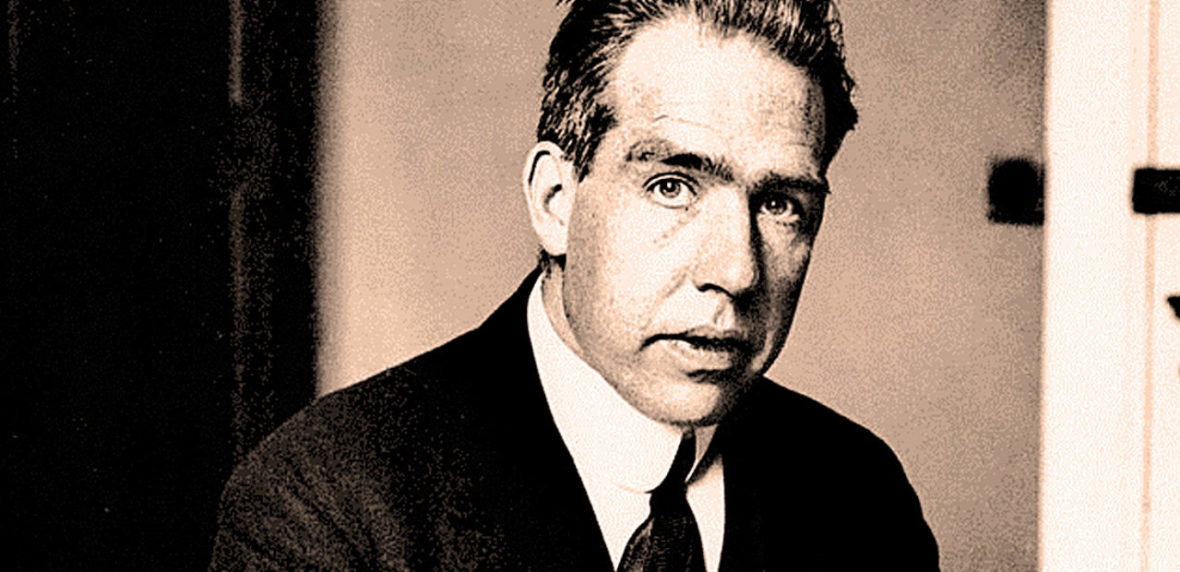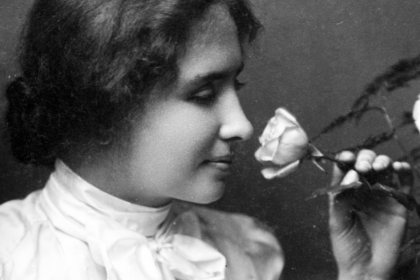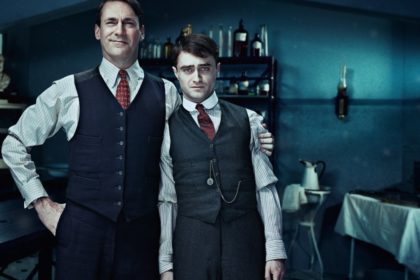Niels Henrik David Bohr was a Danish physicist who made foundational contributions to understanding atomic structure and quantum theory, for which he received the Nobel Prize in Physics in 1922. Bohr was also a philosopher and promoter of scientific research. Take a look below for 30 more fun and interesting facts about Niels Bohr.
1. Bohr developed the Bohr model of the atom, in which he proposed that energy levels of electrons are discrete and that the electrons revolve in stable orbits around the atomic nucleus but can jump from one energy level to another.
2. Although the Bohr model has been supplanted by other models, its underlying principles remain valid.
3. He conceived the principle of complementary: that items could be separately analyzed in terms of contradictory properties, like behaving as a wave or a stream of particles.
4. The notion of complementarity dominated Bohr’s thinking of both science and philosophy.
5. Bohr founded the Institute of Theoretical Physics at the University of Copenhagen, now known as the Niels Bohr Institute, which opened in 1920.
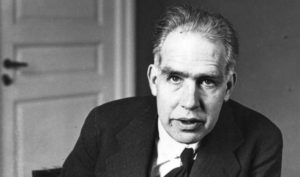
6. Bohr mentored and collaborated with physicists including Hans Kramer, Oskar Klein, George de Hevesy, and Werner Heisenberg.
7. He predicted the existence of a new zirconium-like element, which was named hafnium, after the Latin name for Copenhagen, where it was discovered. Later, the element bohrium was named after him.
8. During the 1930s, Bohr helped refugees from Nazism.
9. After Denmark was occupied by the Germans, he had a famous meeting with Heisenberg, who had become the heard of the German nuclear weapon project.
10. In September 1943, word reached Bohr that he was about to be arrested by the Germans, and he felt to Sweden.
11. From Sweden, he was flown to Britain, where he joined the British Tube alloys nuclear weapons project, and was part of the British mission to the Manhattan Project.
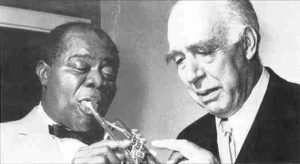
12. After World War II, Bohr called for international cooperation on nuclear energy.
13. He was involved with the establishment of CERN and the Research Establishment Riso of the Danish Atomic Energy Commission and became the first chairman of the Nordic Institute for Theoretical Physics in 1957.
14. Bohr was born in Copenhagen and educated at Copenhagen University.
15. Despite Copenhagen University having no physics laboratory and only one professor in the discipline, Bohr designed a series of experiments that improved on Lord Rayleigh’s model for measuring a liquid’s surface tension.
16. Bohr won a gold medal from the Royal Danish Academy of Sciences and Letters for his research, which he later improved on and republished.
17. His Master’s thesis and later doctoral thesis on electron structure wasn’t well known outside of Denmark, as the university required it to be published in Danish at the time.
18. A separate scientist actually came up with a similar conclusion as Bohr’s theorems on his ground breaking work with electron theory, and they therefore share credit for under the Bohrs-van-Leeuwen theorem.
19. Bohr began the research on what would become known as the Bohr model of the atom in 1911, beginning his studies in England at the Cavendish Laboratory.
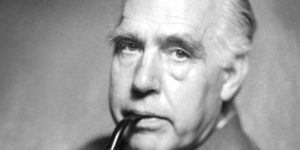
20. Bohr’s research wasn’t widely received by established physicists at the time, but younger researchers were impressed with his research on the model of the atom.
21. Ernest Rutherford invited Bohr to study at the Victoria University of Manchester and continue his research on atoms.
22. His papers were published in 1913 in Philosophical Magazine in which he expanded on both the work of Rutherford on nuclear structure and the quantum theory work proposed by Max Planck, adapting them into what become widely known as the Bohr model.
23. Bohr was one of the first to finalize a model that demonstrated electrons orbiting the nucleus of an atom, expanding on Charles Darwin‘s earlier work.
24. Bohr explained that each element on the periodic table had chemical properties that were determined by the number and behavior of their electrons.
25. He was the first to theorize that an electron could move from a higher orbit to a lower one, and that in the process energy was emitted.
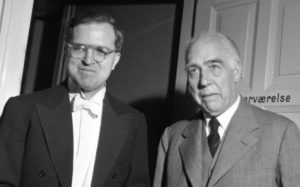
26. In 1921, Bohr’s work led to the establishment of the Institute of Theoretical Physics in Denmark. It’s now known as the Niels Bohr Institute.
27. Bohr came up with the idea to dissolve a number of scientists’ Nobel Prize medals in aqua regia to prevent the Germans from confiscating them during the occupation. The gold was precipitated after the war and the Nobel Foundation recast them.
28. In addition to the Nobel Prize, Bohr received the Hughes Medal in 1921, the Matteucci Medal in 1923, the Franklin Medal in 1926, the Copley Medal in 1938, the Order of the Elephant in 1947, the Atoms for Peace Award in 1957 and the Sonning Prize in 1961.
29. He became foreign member of the Royal Netherlands Academy of Arts and Sciences in 1923, and of the Royal Society in 1926.
30. The Bohr model’s semicentennial was commemorated in Denmark on November 21, 1963, with a postage stamp depicting Bohr, the hydrogen atom and the formula for the difference of any two hydrogen energy levels.

